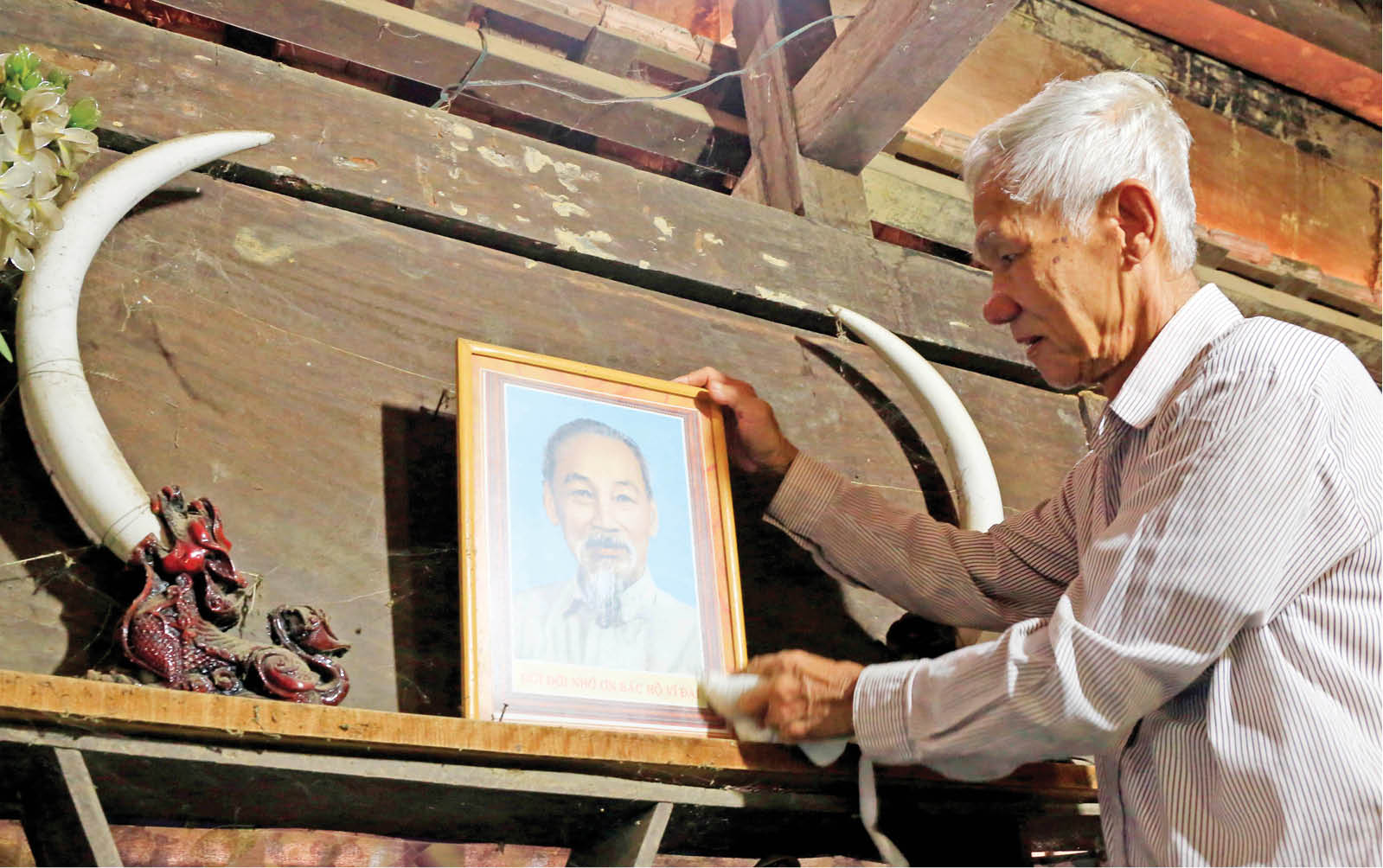 |
| Mr. Tran Van Khuyen, a Hue native, is present in the economic zone. |
In an article published in Lam Dong Newspaper in early spring 1978, journalist Vu Thuoc described the new economic zone of Hue people in Lam Dong - a vivid picture of the countryside in beautiful and emotional language:
“Up to the top of Ma Oi slope, the whole Huong Lam KTM area is exposed in sight. The pretty, cozy houses are arranged in square lots, leaning against the mountainside; the vast fields stretch out as far as the eye can see, surrounding the villages; the rows of sweet potatoes with purple flowers, the cassava fields with straight stems as tall as chopsticks, weaving through the hilltops. And in the distance, behind the dense green bamboo hedge, is the clear, gentle Dong Nai River flowing downstream. The sounds of children studying echo, standing on the top of Ma Oi slope, you can hear them very clearly…”.
Two regiments with 1,800 Youth Volunteers of Hue City, after completing the work of opening roads, reclaiming land, establishing villages, and leveling fields, prepared to welcome people in. After the Tet holiday of Mau Ngo - 1978, the first group of migrants with more than 100 households including nearly 700 people, volunteers to build the Huong Lam KTM area (the name means Huong River combined with Lam Dong) shouldered their burdens and set off.
Over a cup of coffee in the morning nearly 50 years later, the old men and women who built KTM at that time told us the story as if it were yesterday, the memories still very fresh, even though time had passed quite far. They recalled the convoy carrying people from Hue, turning at the Madagui intersection on Highway 20 and stopping at Cang waterfall, about 7-8 kilometers from the settlement. All the young and old carried their burdens and walked together. The wild mountains and forests, the terrifying sounds of wild animals, the majestic Ma Oi slope in front of them seemed to threaten everyone's steps. The rain in the forest began to pour heavily, the sky was misty with water. The houses where the people temporarily stayed were not yet completed. A few hastily built huts were just enough for people to avoid the rain. Beds, tables, cabinets, shoulder poles, pots, rice and even the altar were all piled up outside in the wet air. The sound of old people coughing, children crying, dogs barking, chickens crowing impatiently, making a noisy corner of the primeval forest...
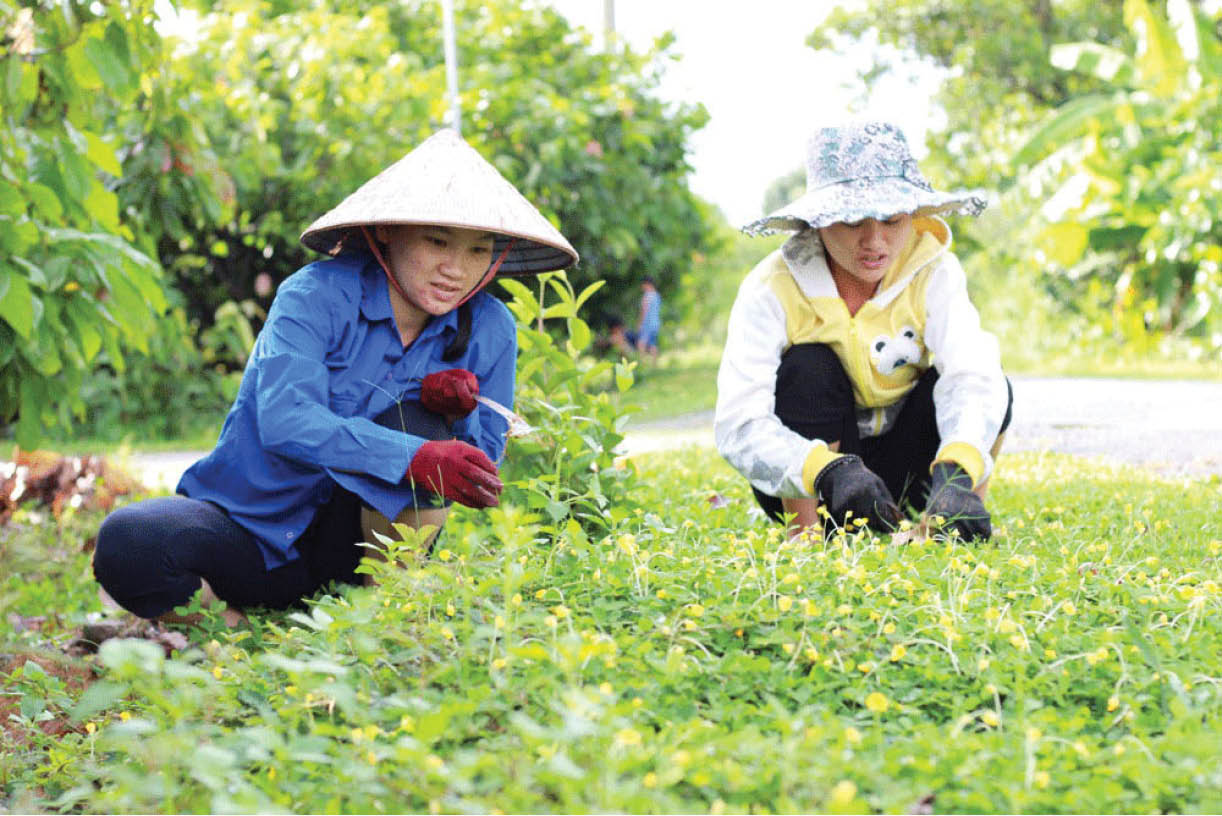 |
| Hue people in Da Lay commune take care of flowers and beautify the streets |
Upon receiving the news that the households had arrived, both Youth Volunteers regiments were ordered to stop clearing the fields and welcome the people. The elderly, children and all the household items of 100 households were carried by the Youth Volunteers into the new village. At first hearing “New village”, many people were happy because they thought that there would be houses, fields, wells, lights, rice and grain available there. Unexpectedly, as soon as they arrived, comrade Nguyen Thai Long - Head of the KTM region command, pointed and declared: “Phu An village, Thuan Hoa village, Thuan Thanh village… here”. All the people looked in amazement following the officer’s arm, it was a forest that had been burned down by American toxic chemicals, leaving only a few charred tree trunks like pillars supporting the sky. Surrounding it were cogon grass and wild trees as tall as a person’s head. In the midst of those cogon grass and thorny grass patches, the planning team had only planted a few boundary posts and stretched ropes to divide the residential boundaries for each household. It was still pouring rain. The road had to be trampled through the muddy grass fields, up to the neck. The TNXK brothers and sisters gave their sturdy huts to the people to temporarily stay in; they went to the forest to cover themselves with plastic sheets, the wind and rain tore them, and water soaked everywhere. Faced with a situation full of difficulties and uncertainties, many households were really pessimistic and discouraged from the beginning. Some people went straight to the regional command to demand to be returned to their hometowns. Faced with that situation, the command divided the work among themselves to go down and stay with the people day and night, trying to convince, explain, and encourage each person. The TNXK brothers and sisters, some chopped wood, some cut grass, some erected poles, and gathered together to build sturdy huts for the people. Only a few days later, the temporary single-roof huts were erected, reassuring everyone. Then, from the foundation of those initial shacks, 9 months later, houses were built and each household had a square garden of 1,000m2, which began to blossom and bear fruit...
After that first batch, about a year later, there were 500 households with more than 2,000 people, then the next groups with a total of 3,000 households came to settle in the new land of Huong Lam. The later the conditions became more favorable. Reading the old article with the simple words of journalist Vu Thuoc, we also rejoiced with the memories of the people of Hue on the first day of settling in the new homeland: “The comrades in the construction site command took us to visit the people, walking all day without leaving the cassava forests and sweet potato fields. There were weddings decorated with purple sweet potato flower vases of loyalty and happiness. This crop, the people estimated to harvest about 3,000 tons of potatoes and more than 2,000 tons of cassava. Potatoes with tubers weighed several kilograms, cassava with bushes yielded hundreds of tubers. The first crop of rice was lost due to the flood, but a few dozen tons were salvaged, the people kept them for seeds for this season…”.
According to Do Duc Du's memory, in just over a year, welcoming the Lunar New Year of the Goat in 1979, in the Huong Lam KTM area, there were more than 300 households that had built solid houses. All the houses were built in a unified style designed by the regional command. Each house had two rooms and three wings. Houses with many people were built larger. The gardens and land around the residential area were all the same size. The roads from the central area to the teams and to the households were all built with wide foundations, high soil, and sturdy grass banks. One side was against the mountainside, the other side was spread out in front of the fields. The people farmed collectively, sharing their income according to work points. A garden and a house were private property; the entire vast fields of rice, corn, and potatoes were communal property. In the early days of settling down, without establishing a cooperative, the people left their homeland with empty hands and diligently built and built for an increasingly stable life. House building and residential garden care were all done in the after-hours and many households worked at night. People in the KTM region launched a movement of “going home empty-handed” to bring bamboo and thatch back to build their own houses. Single-parent families were helped by the teams. And gradually the village began to be more spacious. In the middle of each house there was an altar, a picture of Uncle Ho, a new year calendar and even folk paintings brought from Hue. During the Ky Mui Tet 1979, every garden was filled with a bed of chrysanthemums. The yellow color of the familiar flower was like a sacred connection between the people of Hue who went to build the KTM region and their hometown along the Huong River. Along with chrysanthemums, people also brought banana bushes, jackfruit trees, gourds, and chili peppers from their homeland…
When the last Youth Volunteer Team left Huong Lam, they had already taken care of the education of the children in the KTM area. Teacher Le Ngoc Anh, a former Youth Volunteer Team member of Hue City and former Head of the Education Department of Da Teh District, recalled: Among the people who went to KTM, there were up to 800 children who were in school or of school age. At that time, it was not difficult to set up schools, but there was a lack of teachers, books and equipment. The command board struggled to find a solution, from primary to secondary school, and high school, it was impossible to send the children far away. If there was a shortage of teachers, they would even take those with college, university or high school degrees from the Youth Volunteer Force. They were non-professional teachers such as Le Ngoc Anh, Tran Phuc Tuu, Tran Minh Tri, Ngo Quang My, Thai Quang Tuan, Truong Hoa, Ngo Van Thanh, Tran Hoa, Hoang Thi Hong, Nguyen Van Tam, Tran Quang. For books and teaching programs, they went to Da Lat to ask for the Lam Dong Education Department and went back to Hue to ask for more. The tables, chairs, and classrooms were all made of bamboo. "Necessity is the mother of invention", enthusiasm made people, from old to young, in the new land more steadfast and confident in overcoming difficulties...
Talking to me in the morning in the beautiful land of "distant Hue" today, Mr. Nguyen Minh Tanh, Chairman of the People's Committee of Da Lay commune, who was born in the early days of the Youth Exporters of Hue City reclaiming and opening up the land, said: "I belong to the generation that grew up when the new homeland was formed, but through each story of memories of my grandparents, aunts and uncles about the early days of starting a business, we can imagine how difficult and arduous those days were. We have inherited a whole heritage of the cultural and historical roots of the ancient capital, the culture of the Central Highlands and the precious traditions of our ancestors in the time of opening up the land. The history of Da Lay land always reminds us to live and work in a way that is worthy of the blood, sweat and tears of the previous generations...".
(To be continued)
Source: https://huengaynay.vn/chinh-tri-xa-hoi/co-mot-khuc-ruot-xu-hue-tren-dat-nam-tay-nguyen-bai-2-buoi-dau-lap-cu-tren-vung-que-moi-152705.html




![[Photo] Prime Minister Pham Minh Chinh chairs conference on anti-smuggling, trade fraud, and counterfeit goods](https://vphoto.vietnam.vn/thumb/1200x675/vietnam/resource/IMAGE/2025/5/14/6cd67667e99e4248b7d4f587fd21e37c)



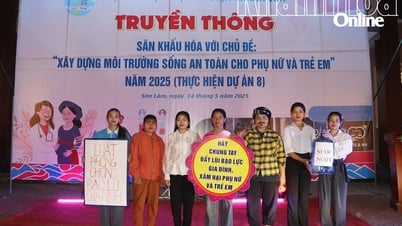

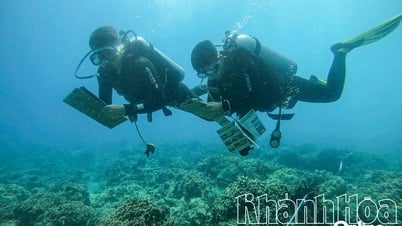
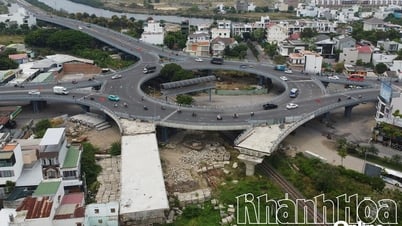


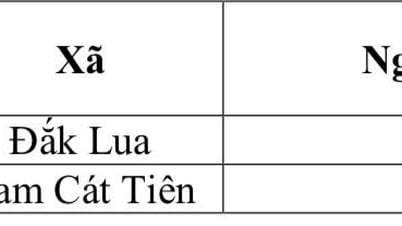







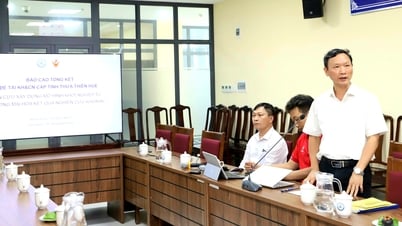
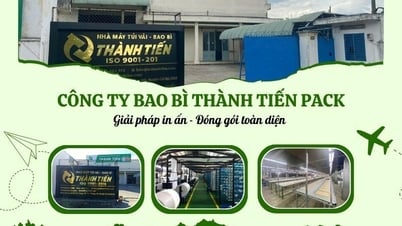
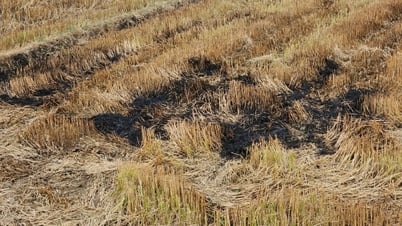
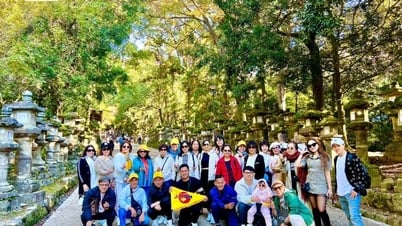
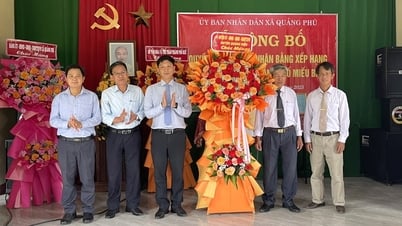
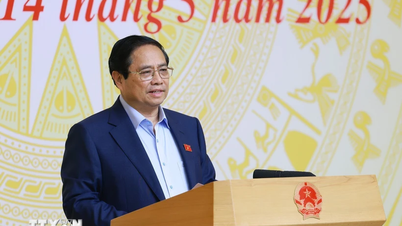
















































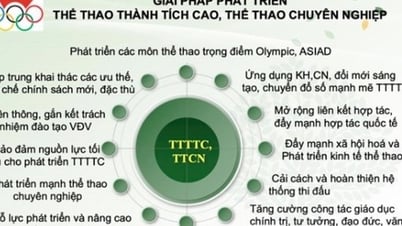

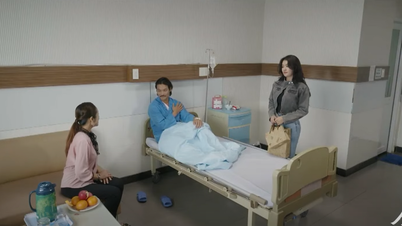

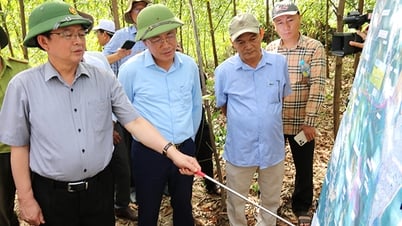

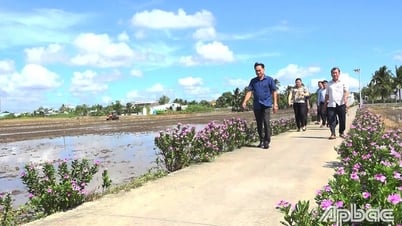









Comment (0)